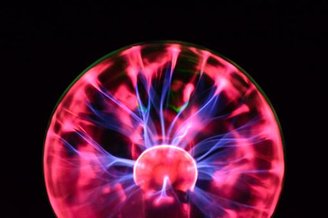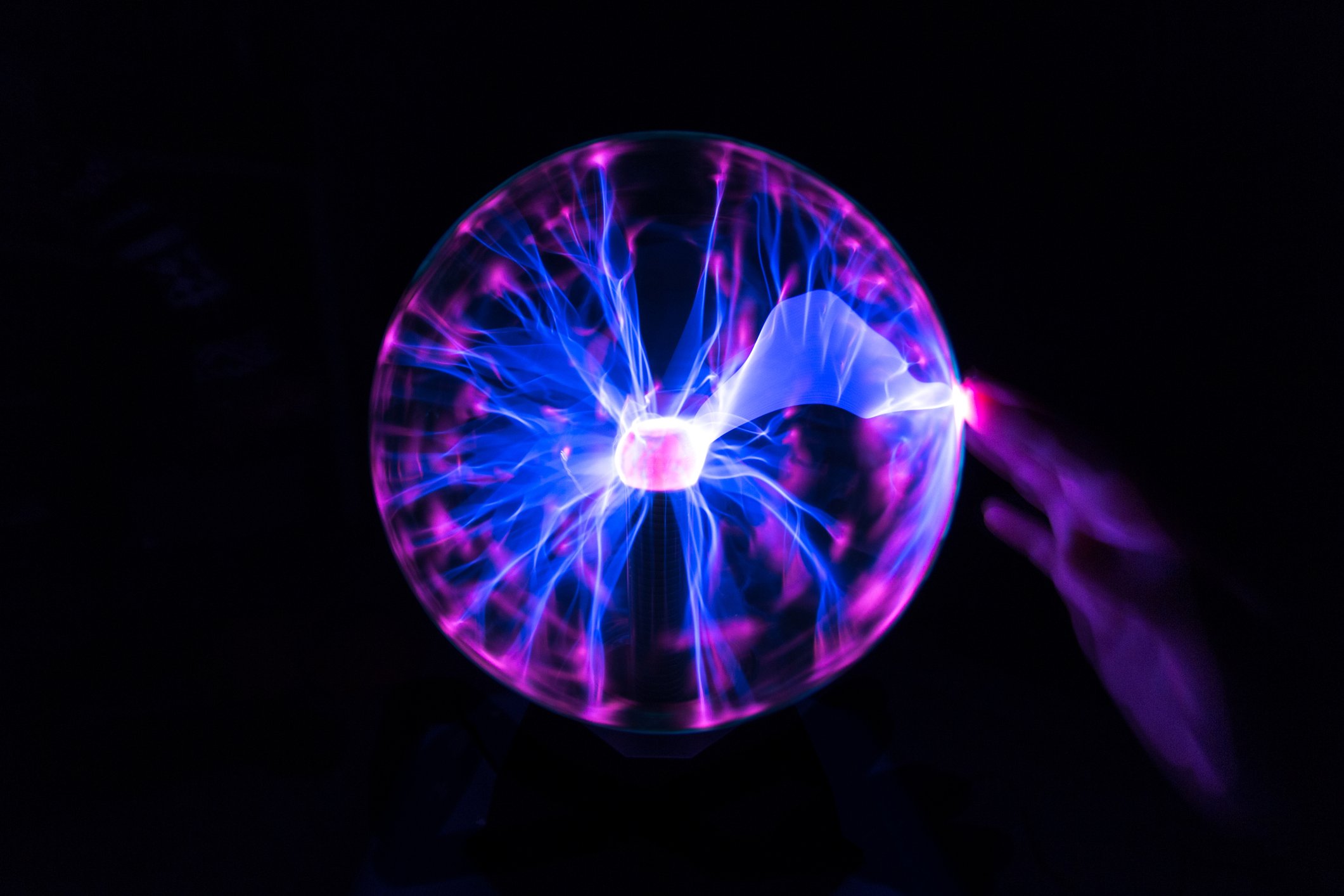Mostly, Static electricity can be observed in certain cases of friction between different objects; The result of this interaction is a small electric shock when touching a surface or a person. This occurs due to the unbalanced reaction between negative and positive charges; but the truth is that static can manifest itself in different ways, not just friction.
To create a shock-like effect, charges accumulate on the surface of an object until discharged in the form of electric current. In the case of friction, this reaction is caused by a phenomenon called triboelectricity, which occurs when two materials rapidly rub together and then separate.
In many cases, static electricity is not thought to be that dangerous to humans, but professionals say the phenomenon can trigger undesirable and risky behavior.
“Static electricity is the form of electricity that results from an imbalance between positive and negative charges in a material, occurring when electrons (negatively charged particles in an atom) move from one material to another. “If the material that receives electrons is insulated or is not a conductor of electricity, it will tend to retain electrons, resulting in the accumulation of electrical charge,” the Britannica encyclopedia explains.
Since static electricity can cause a small electrical discharge, could this reaction cause a fire to start? To try to understand this issue, we gathered information from scientists and other experts on the subject.
Effect of static electricity
The concept of static electricity is the accumulation of negative electrons on the surface of an object; When this object comes into contact with something, a shock can occur as a result of the release of these extra electrons.. Although electric shock does not carry any type of direct electrical current, in some special cases the event can actually cause a fire of some kind.

Static electricity is generally harmless as it is a common occurrence that can occur in many situations every day. Unfortunately, it can become a problem in some undesirable places and under certain conditions, causing dangerous fires and putting the lives of people around at risk.
Examples of static electricity:
- Rubbing the surface of your clothing with another fabric, such as wool, can cause static electricity. So when you touch another person, energy in the form of a shock can be released;
- Friction from moving planes and cars can also cause this phenomenon;
- Static electricity in the atmosphere can be considered the strongest, as it can accumulate up to 5 gigajoules of energy.
“If two materials with opposite charges come close to each other, they can create a spark. This spark is the movement of electrons in the air! You may have felt this when you reached for the door handle after walking on the carpet. We see the same type of electricity during a thunderstorm. We call these zaps ‘lightning’,” a statement on the scientific journal platform said. It is explained in the broadcast BilimDirect.
Does static electricity cause fire?
In an interview with the website Live SciencePourya Shamsi, power electronics engineer at Missouri University of Science and Technology, says: The human body can carry up to 40 millijoules of energy statically. Although it may seem like a small number, he claims that even this small amount of energy is enough to damage more sensitive electronic devices or cause a fire.
Mostly, Fires caused by static electricity occur due to the vapors and gases released by ignited fuels. An example that demonstrates this situation, although rare, is the explosions that may occur at fuel stations due to the static effect; The electrical discharge can cause a large explosion in the fuel filler area when it comes into contact with gasoline vapors..
One of the most impressive cases of the effect occurred in 1937, when the airship LZ 129 Hindenburg exploded after an electrical discharge caused by electrostatic energy triggered the explosion of one of its hydrogen tanks..
The problem can be much worse in factories and other industrial environments, as static electricity can start a fire process and burn substances such as wood dust, aluminum powder, different types of paper, and even wheat flour.
In summary, the electrostatic effect may be harmless in most cases, but Such electrical discharges can have problematic consequences in places where fossil fuels and easily flammable materials are present.
However Static electricity not only causes electrical discharge; In fact, the reaction can lead to different effects. For example, when you rub a balloon against your head or woolen clothing and place it near an open water faucet, the liquid will be attracted to the charges inside the balloon. In another case, if you apply the same friction to two balloons and try to bring them together, you will notice that the balloons move away from each other due to the opposite charges repel each other.
Did you like the content? Always stay updated with more curiosities at TecMundo. If you wish, take the opportunity to discover 5 things that can burn your mobile phone’s camera.
Source: Tec Mundo
I’m Blaine Morgan, an experienced journalist and writer with over 8 years of experience in the tech industry. My expertise lies in writing about technology news and trends, covering everything from cutting-edge gadgets to emerging software developments. I’ve written for several leading publications including Gadget Onus where I am an author.













